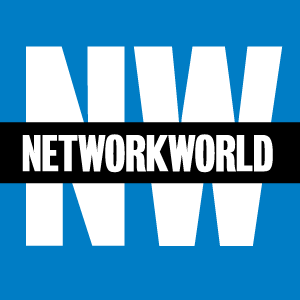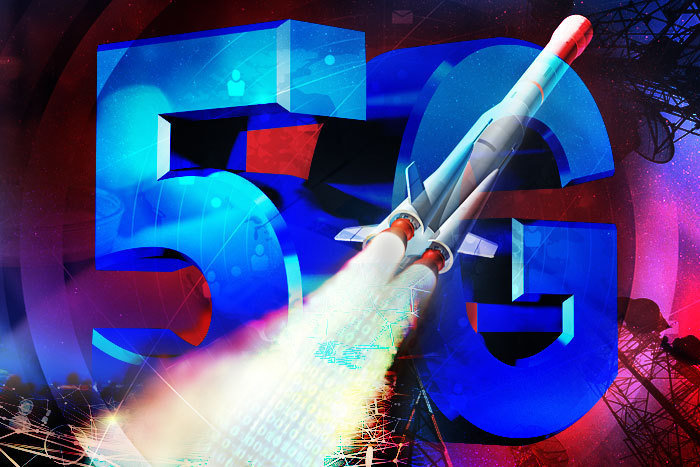5G progress at Ericsson could help enterprises work worldwide
The Swedish network giant Ericsson will have a lot of prospective 5G equipment to show to gearheads at Mobile World Congress later this month, but the future cloud capabilities it demonstrates may be just as important for a subscriber’s experience.
In addition to fast broadband speeds, Ericsson’s technologies for next-generation networks will be able to guarantee enterprises the same type of service around the world and shift applications to the edge of a network to shrink transmission delays, the company said in an MWC preview on Wednesday.
Those concepts aren’t new, but building the back-end infrastructure to support them – much of it defined by software – is part of the ongoing move toward true 5G deployments coming around the end of this decade.
On Wednesday, Ericsson highlighted several features of its 5G Core System, which takes advantage of SDN (software-defined networking) and NFV (network functions virtualization) to give mobile operators more flexibility in the services they offer subscribers.
Multinational companies may benefit from what Ericsson called federated network slices. This capability builds on network slicing, a key emerging feature of 5G that will let carriers dedicate different parts of their network capacity to different subscribers and applications. This is the technology that will allow one 5G infrastructure to be both a fast broadband network for smartphones and an efficient, low-power platform for IoT communication, for example.
Federated network slices will put different operators on the same page about what needs special performance and how to deliver it, Ericsson says. If a global company or a traveling employee needs a certain kind of network slice, or the service characteristics of that slice, then every network he or she uses around the world can give that experience.
Ericsson said Germany’s Deutsche Telekom and South Korea’s SK Telecom demonstrated federated network slicing this week, implementing network slices on each other’s networks that were optimized for augmented reality and maintenance services.
With the new technology, subscribers won’t have to set up individual agreements with multiple carriers in order to get consistent performance. But the carriers will need to embrace an enhanced cooperation model where they open up their networks to host a partner’s services.
Also on Wednesday, Ericsson previewed a distributed cloud capability, which will let carriers move applications and workloads closer to their access networks, the cell towers and small cells that users see and connect with over mobile devices.
By bringing computing resources closer to the edge, a distributed cloud can reduce network latency, an important goal for applications like vehicle control, augmented reality, and real-time face recognition. This technique also cuts down the amount of data that has to traverse the network behind the cells.
Ericsson isn’t the only vendor working on back-end features to make 5G more than just a speed boost. For example, earlier this week Nokia announced Multi-access Edge Computing, which uses computing and storage near the edge of a network for low-latency enterprise applications like object tracking and video analytics. It can span private and public networks on licensed and unlicensed spectrum, starting with LTE and Wi-Fi and later evolving to include 5G, said Jane Rygaard, head of Advanced Mobile Solutions marketing at Nokia.
“You really benefit from low latency because you have no round-trip through the network,” Rygaard said.







